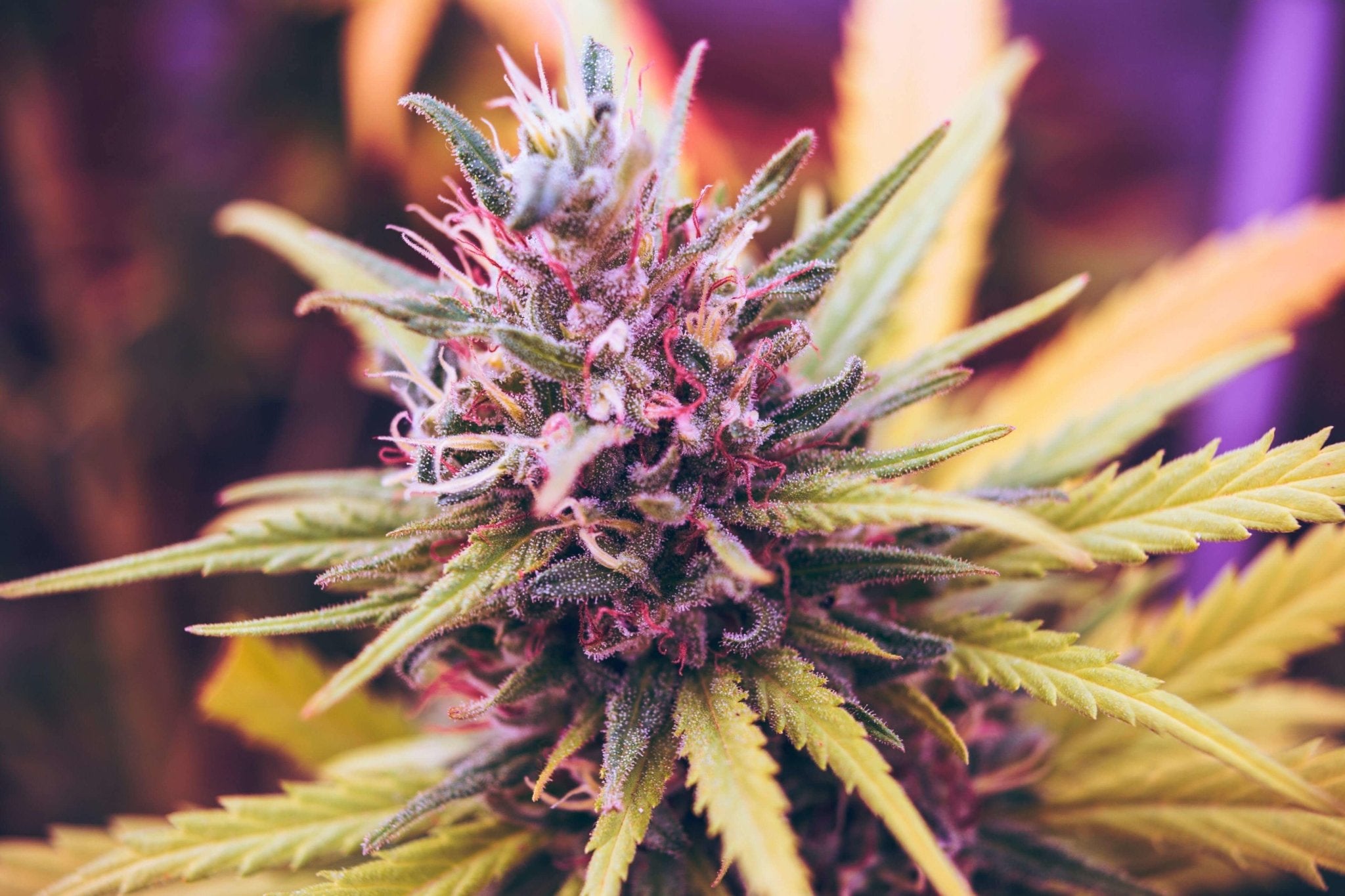Bud Rot is the scourge of cannabis growers everywhere. This cannabis disease strikes at the peak of the cultivation cycle, seemingly appearing out of nowhere. Cultivators often get caught with their pants down when bud rot appears, but it is preventable with smart environmental management.
Knowing the early signs can mean catching it before it leads to total crop failure. In the following guide, we detail the curse of bud rot in cannabis cultivation, ways to prevent it, and how to control it should it appear.
What is Bud Rot?
Technically speaking, bud rot is a fungal growth that proliferates in the flowers of cannabis plants, both before and after harvest.
Interestingly, it is not a single species, but several. One study, conducted in 2019 and published in Frontiers of Plant Sciences, identified three different pathogens infecting buds: Penicillium bud rot, Botrytis bud rot, and Fusarium bud rot.
But no matter the fungi doing the damage, they all behave in similar patterns and thrive in similar environments.
The microscopic fungal spores spread through the air or via contaminated surfaces. Spores often exist in grow rooms and greenhouses without causing any damage. But if the environmental conditions are right, they flourish to create total havoc.
Unlike other pests and diseases in cannabis cultivation, bud rot is one of the most challenging to control. Frustratingly it appears in the final stages of cannabis development, after months of work carefully cultivating your plants. Furthermore, it works from the inside out. The early signs are often not visible until the fungi have already done significant damage and spread to other plants.
What are the Signs of Bud Rot?
Unfortunately, the most visible signs of bud rot come out when it's already consumed the flower. Keeping a close eye on your plants, especially as they launch into flower, will help you catch any pathogens early on.
Monitor plants daily for the following signs:
- Brown areas in and around the flower.
- Small leaves surrounding the bud, and the bud itself appear covered in a dusting of mold (may appear trichome like).
- Brown and mushy grey areas begin to develop in and around the flower.
- The interior of buds turns soft, cotton-like, or hollow.
- Spidery-web like gray mold overtaking flowers in later stages.
Growers Tip: Monitor crop daily for signs of disease. If you notice brown or grey spots around any buds, immediately check the interior. Remember, bud rot begins in the inside of flowers, so you'll need to open it up to check for the real damage.
How to Prevent Bud Rot
As per Ed Rosenthal, "Fungus grows when it finds the right moisture level, temperature, acidic conditions, and a reliable source of food." The prevention of bud rot boils down to careful control of the environment —whether that's in a grow tent, a greenhouse, or as much as possible, outside.
Bud rot thrives in cooler, humid, and stagnant environments. The more you can do to eliminate these conditions, the more you reduce the risk of this dangerous pathogen.
- Humidity Levels
Although cannabis loves a relatively high humidity level, aim to keep this at the lower end of the spectrum. Use dehumidifiers and space-appropriate ventilation systems to maintain relative humidity under 50 percent.
- Temperature
Bud rot loves a cooler environment but can grow between 60 to 85°F (15 to 30°C). To reduce the risk, aim for temperatures above 68 °F (20°C). It is easier to control the temperature in an indoor or greenhouse environment, but be mindful of nighttimes dips in temperatures and seasonal changes. Introduce a heater if necessary to keep temperatures above this baseline guide.
- Air Flow
Both indoor and outdoor growers can implement a pruning protocol to eliminate unnecessary foliage in the densest parts of the plants. Use twine in combination with pruning to open up dense inner areas of each plant.
Assess the grow room for pockets of stagnant air. Strategically set up grow room fans to move air out of humid corners and improve the space's overall airflow.
How to Treat Bud Rot?
The only sure-fire way to manage bud rot when it appears in the grow room, greenhouse, or outdoor grow is to remove the infected areas. When discovered, immediately and carefully cut away the infected areas. Remove entire plants if necessary.
These airborne fungal pathogens propagate quickly. So the more you agitate the area, the more spores could release.
Destroy all damaged plant material, and disinfect all tools used within the grow space. Do not reintroduce soil, containers, or other materials into a new crop until they have been sterilized.
Rosenthal also recommends experimenting with a brief temperature spike to kill lingering spores. Bud rot fungi struggle with temperatures over 90°F (32°C). A short, calculated spike to upwards of 100°F (38°C) should kill off these pathogens. But careful management is required to avoid also damaging plants.
Bud Rot is a Challenge, but Preventable
But rot is prevalent in cannabis cultivation but preventable with careful management of the grow room.
Keeping humidity levels at the lower end of the spectrum, temperatures a bit higher, and installing proper ventilation are all key to reducing the risk.
Knowing the early signs of bud rot will also help reduce the risk to the entire crop. Should this scourge of the grow room appear, take immediate steps to remove the infected areas.





